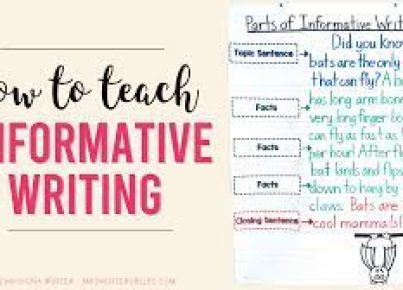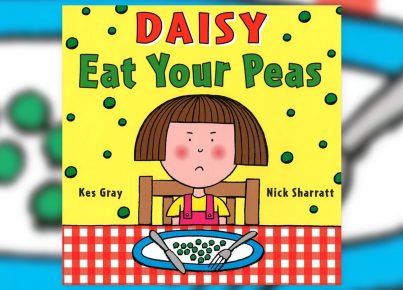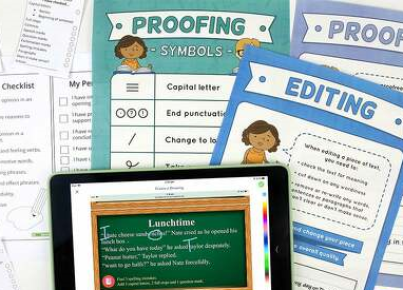Narrative writing is a fantastic way for kids to improve their writing abilities and general skills of communication. It allows them to tell stories, engage their creativity, and express their thoughts, feelings, and ideas. In this article, we’ll explore five essential skills and strategies to help kids excel in narrative writing.
1. Understanding Structure
For kids to succeed in narrative writing, it’s crucial they understand the basic structure of a story. This includes the beginning (introduction), middle (developing the plot), and end (bringing the story to a close). Teaching children about the importance of having a clear narrative structure can help them create engaging stories that keep readers hooked.
2. Developing Characters
Good narrative writing heavily relies on creating compelling characters that bring the story to life. Encourage children to think about their characters’ personalities, appearances, likes and dislikes, and how they change throughout the story. By developing well-rounded characters, kids can create more engaging narratives that resonate with readers.
3. Descriptive Language
Learning how to use descriptive language effectively is an essential skill for narrative writing. Encourage kids to use adjectives, sensory words, and figurative language like similes and metaphors to give their stories depth and color. This not only helps create vivid imagery in the reader’s mind but also aids in building ambiance and setting the tone.
4. Show, Don’t Tell
A crucial strategy in narrative writing is showing rather than telling the reader about events or emotions within the story. Instead of simply stating that a character feels sad or happy, ask children to describe what led to these emotions or provide details that reveal their feelings. By showing emotions through actions or indirect descriptions, kids can make their stories more engaging.
5. Editing and Proofreading
Lastly, it’s important for children to understand that good narrative writing involves multiple drafts. Teach them not to become discouraged if their first draft isn’t perfect – every writer goes through multiple revisions before they’re satisfied with their work. Encourage kids to read through their stories and make improvements, being mindful of pacing, dialogue, coherence, and consistency. Additionally, remind them to check grammar and punctuation, as these small details can make a big difference in the quality of their writing.
In conclusion, narrative writing can serve as a powerful tool to help children improve their communication skills and express their creativity. By familiarizing kids with core narrative writing skills – understanding structure, developing characters, using descriptive language, showing rather than telling, and editing and proofreading – we can empower them to tell engaging and meaningful stories that captivate readers.




